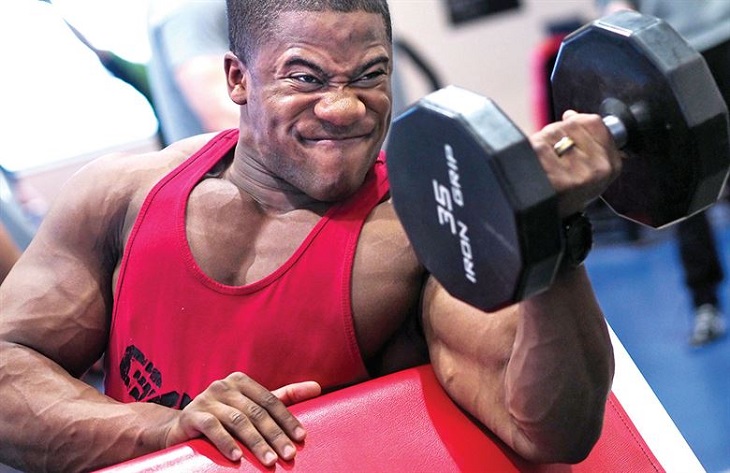Quan's Blog, Strength and Conditioning, Training Tips
Why martial artists shouldn’t be lifting like bodybuilders
In the last post, I covered why martial artists should be lifting weights. The take away message was that regular training not only increases power and speed but helps with injury prevention.
The natural question that arises is what lifts should you be doing to help with your martial arts training?
**Don’t train like a body builder**
The mistake that I often see martial artists make is that they lift weights using a ‘bodybuilding’ routine. That is, you will often hear them say “I do biceps and triceps on Monday, Chest and shoulders on Wed etc”.
The sport of bodybuilding requires that competitors spend many hours lifting weights and following strict nutritional guidelines to do well in competition.
What martial artists need to remember is that strength training should be a supplement to their martial arts training. As martial artists, you are not training to become bodybuilders.
The majority of your time should be spent sharpening your martial arts skills not lifting weights (or doing endless conditioning exercises).
**So what sort of lifts should you be doing?**
A concept which I learnt from world renowned physiotherapist, Gray Cook, is to train ‘movements’ not ‘muscles’.
What this means is that when we focus on training the basic human movements, we will have covered all the main muscle groups in way that they should be working. We don’t need to be thinking individual muscles such as biceps, triceps etc.
**What are the basic human movements?**
The good news for martial artists is that there is only a few basic human movements.
These are:
1. A squatting motion. Everyday example – getting up from a chair. Exercises – squat, split squat.
2. Hip hinge motion. Everyday example – picking something heavy off the floor. Exercises – deadlift, sand bag lift.
3. Horizontal pushing motion. Everyday example – pushing a car, pushing a heavy door. Exercises – bench press, lying kettlebell press.
4. Vertical pushing motion. Everday example – putting something heavy on a high shelf. Exercises – shoulder press.
5. Horizontal pulling motion. Everyday example – opening a heavy door, dragging a heavy object along the ground. Exercises – bent over row, seated cable row.
6. Vertical pulling motion. Everyday example – climbing a tree. Exercises – pull-ups, cable pulldowns.
By training these basic human movements, a martial artist can become functionally very strong with only 5-6 exercises. This equates to shorter lifting sessions which then allow for more time (and energy) to be devoted to training martial arts skills.
So the take home message for this post is when strength training for martial arts, don’t train like a bodybuilder. When picking exercises, train movements not muscles.
For more tips check out my post about why martial artists shouldn’t train like power lifters and the benefits of unilateral training.
 enquiries@acsamelbourne.com.au
enquiries@acsamelbourne.com.au 1800736888
1800736888 +61418638273
+61418638273

About Australian Combat Sports Academy
Australian Combat Sports Academy is Melbourne’s #1 destination for Muay Thai, Brazilian Jiu Jitsu and Mixed Martial Arts (MMA). Get started and book a free tour today!